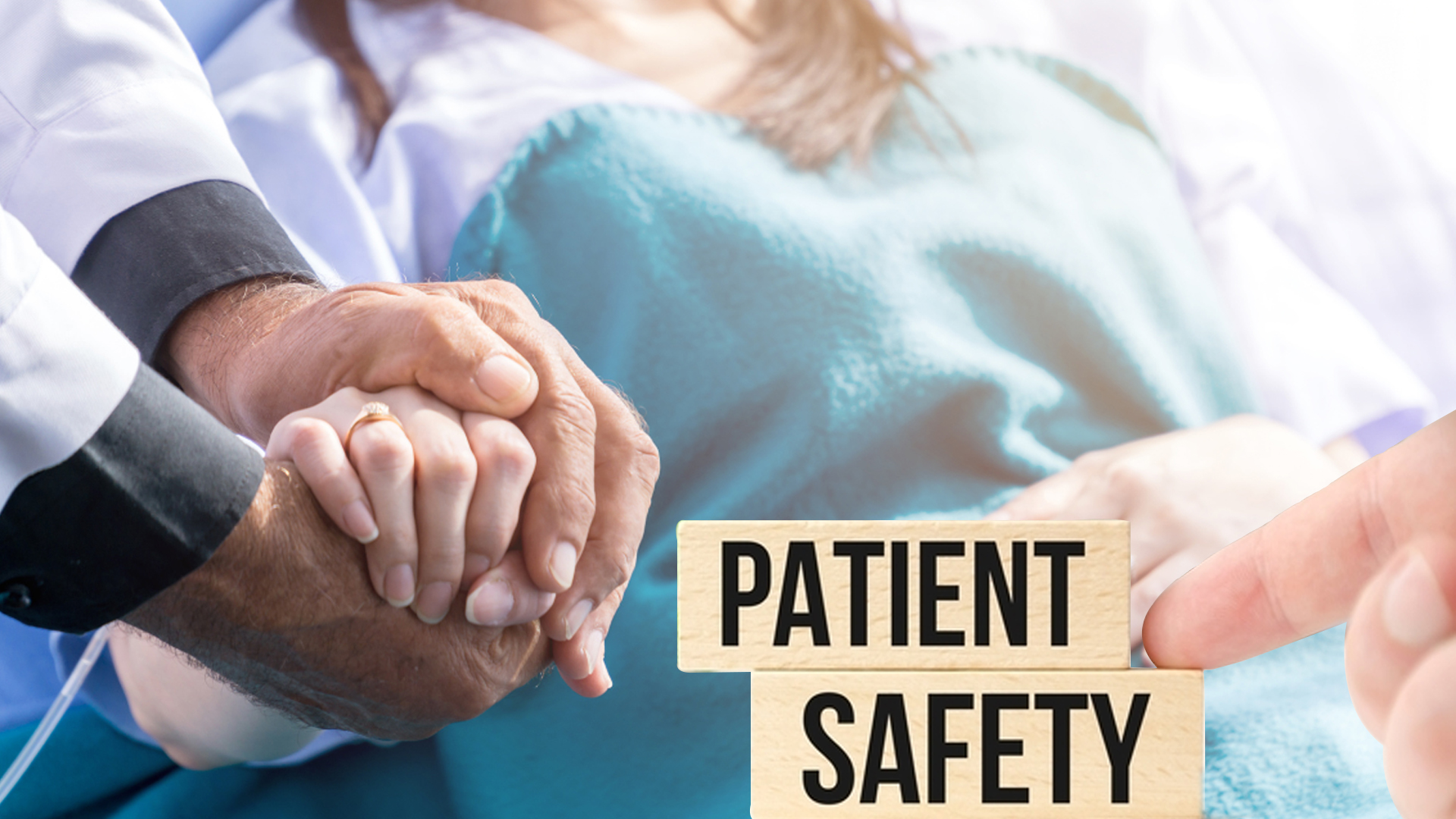The Growth and Halt of Patient Safety:
Why 22 Years of Industry Work Hasn't Progressed
There are many reasons why patient safety programs don’t improve evenly. Still, one big reason is that there’s not often a clear plan that ties together people, culture, how things are done, rewards, and technology. If healthcare groups work together on some main areas, they can get everyone on the same page and improve patient outcomes. Even though it’s hard, there’s a big chance for organizations that can use technology to support patient safety and improve their processes, and vice versa.
The Emergence of Patient Safety
In 1999, a report called “To Err is Human” by the Institute of Medicine got everyone talking about patient safety. It said that medical mistakes might be causing 44,000 to 98,000 deaths each year. This was a big wake-up call for the healthcare industry, showing how serious patient safety problems were. Many people see this report as the start of the modern patient safety movement.
Because of this report, in 2003, the Joint Commission made new rules to improve patient safety. Hospitals started doing things like using checklists to reduce infections patients could get in the hospital. Patient safety became more important, and the healthcare industry started putting more effort and money into finding ways to stop bad things from happening to patients during medical care.
Improvement Varies, Momentum Slows
Even though there have been some improvements in patient safety, it’s not clear if things will keep getting better as fast as they have been. The Patient Safety 101 Primer says that even though some good things have happened, there are still too many patients getting hurt when they shouldn’t be. Also, new problems have come up, like how technology is changing medicine but not always making it safer.
Progress hasn’t been the same for everyone. Some groups of people still aren’t getting the same quality of care as others, especially if they’re poorer or belong to certain ethnic groups. About 40 percent of the ways we measure care show that people in lower-income families get worse care than those in richer families.
Besides the ongoing problems with patients getting hurt and unequal care, there’s another issue: it’s hard to measure how safe things are. The Patient Safety 101 Primer says we still don’t have apt ways to measure certain kinds of mistakes, like when doctors make wrong diagnoses, even though these mistakes happen a lot.
Transitioning Towards Zero Harm
Other industries, like aviation and nuclear science, have done well in making sure they have no accidents that cause harm. They call this “zero harm.” Companies that are really good at this are called “high reliability organizations.” But bringing this idea into healthcare isn’t easy.
If you ask ten healthcare leaders about “high reliability,” they’ll probably say they’ve heard of it. But if you ask them what it really means, things get tricky. Many healthcare leaders like the idea of high reliability, but they’re not sure how to make it work with everything else their organization is doing. They just know it sounds good to say they’re working towards high reliability, and they hope it will solve all their problems. But if they use the term without really understanding it, it’s all talk and no action. It might sound good, but it won’t make things better.
Is it Possible for Healthcare to Achieve Zero Harm?
The healthcare industry might struggle to achieve zero harm, according to a survey by the Joint Commission Center for Transforming Healthcare. While most respondents say they’re fully committed to zero harm, more than one in ten admit they lack the tools and training needed to make it happen.
One reason for this challenge is that there are many different groups involved, each working separately on patient safety. A report called RCA2 Improving Root Cause Analyses and Action to Prevent Harm by the National Patient Safety Foundation says that to be successful, patient safety efforts need to involve everyone in the organization, from leaders to managers.
To make progress towards zero harm, healthcare needs to bring together data from different places and get more people involved. It also needs to focus on understanding why things go wrong and keep learning from mistakes.
Improved Data Quality and Quantity
In their book, “Patient Safety and Quality: An Evidence-Based Handbook for Nurses,” Zane Robinson Wolf and Ronda G. Hughes suggest that near misses, which happen more often than actual accidents, can provide valuable data for analysis. Near misses often have the same root causes as accidents, but because there are so many more of them, analyzing this data can be very helpful.
Abbas Sheikhtaheri, in the article “Near Misses and Their Importance for Improving Patient Safety,” adds that another benefit of including near-miss data is that people who report them aren’t blamed or punished. This encourages staff to report near misses without worrying about getting in trouble.
Having better data collected from different sources helps identify risks more accurately. A comprehensive suite of technology tools for healthcare risk management, including patient safety and quality systems, can help organizations deal with problems proactively instead of reacting to them after they happen.
When healthcare organizations create a culture where people feel safe reporting mistakes and where communication flows freely, it becomes easier to identify and fix the underlying causes of problems while still taking care of immediate patient needs.

